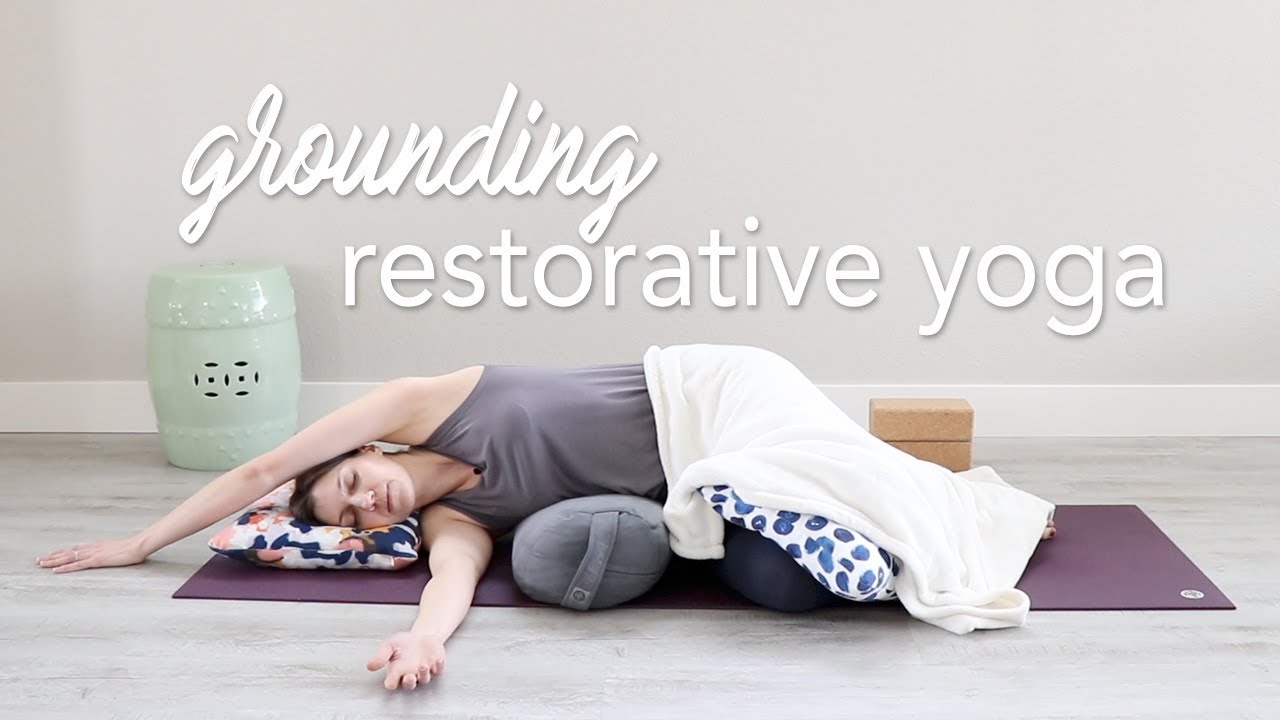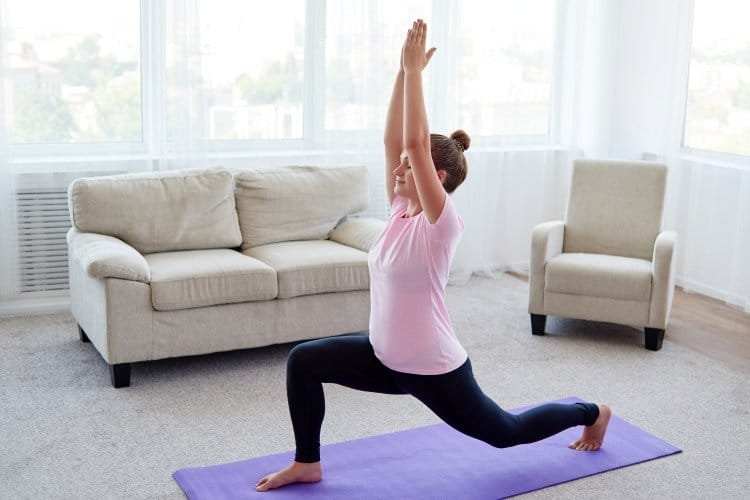
Meditation has many benefits. Meditation reduces stress and improves focus. It also strengthens your immune system and lowers anxiety. Listed below are five of the most important benefits. You can start by listening to your body for five minutes. Relax your body by sitting comfortably. You can focus your attention on your breath and redirect your attention to it whenever you are distracted. A simple breathing meditation is the easiest to start, but if you get distracted easily, you can count your breaths from one to 100.
Reduces stress
Five minutes of meditation per day is better than 30 minutes every week. You can start by sitting comfortably and focusing on your breathing. There's no need to worry about being perfect at this yet - just practice it and you'll see positive results in a few weeks. Meditation is a great way to reduce stress, and it can be beneficial for many health conditions.

Increases concentration
Meditation can have many benefits, including increased concentration and memory. Meditation has been around for thousands of years, and requires no expensive equipment or extensive training. The best thing about meditation is its cost-free nature. You will see a difference in your performance within a matter of days if you just sit down for a while. There are many other benefits to it, too. Here are a few. These techniques increase the brain's ability for focus and to recall information.
Immune system strengthening
A UCLA study found that meditation can help build your immune system. Researchers compared fifty HIV-positive men to a meditation group. Meditation was found to increase CD-4 cell activity. CD-4 cells play a key role in immune system communication. They transmit signals to other cells to tell them to attack infection. Moreover, meditation has been shown to increase T-Cells in patients with breast cancer, HIV, and colitis.
It reduces anxiety
If you want to learn how to meditate to reduce anxiety, you can try to focus on one or two specific aspects of meditation. Begin by sitting comfortably. You can feel the ground under your feet if your back and legs are relaxed. Next, try to focus on the sounds and sights around you. By focusing on these elements, you can explore the details of anxiety. You can also look at how your body reacts to situations that might trigger anxiety.
It improves working memory
Meditation can improve your working memory. Your brain's most important function is working memory. Writing and reading both require you combine bits of information you've learned. Meditation will help you keep your working memory intact by allowing you to be present and in control. Meditation is also helpful for ADHD sufferers, who are known to have a poor working memory. Meditation can improve your memory. It can also help you remain calm and focused.

Stress reduces the effects of aging
Meditation can increase memory, reasoning, creativity and motivation, according to studies. Researchers also discovered that meditation practice results in a greater amount of gray matter and a larger brain size than non-meditators. This is good news for anyone who is concerned about stress's impact on their health. Meditation promotes healthier lifestyles that are essential for graceful aging. Meditation can help keep your mind active and young.
FAQ
What are the different types of yoga?
Bikram yoga (Bikram heated) is the most well-known type of yoga. Other forms include Hatha, Ashtanga, Vinyasa, Iyengar, Kundalini, Yin, Power Yoga, Flow Yoga, Reiki, Pilates, Restorative, Aerial, etc.
Are there yoga classes that cater to people with special requirements?
Yes, there are yoga studios that offer classes specifically for people with disabilities. These include:
-
Individuals with physical limitations who want to improve posture
-
People with limited mobility
-
Persons with arthritis
-
Patients who are recovering after injuries
-
Seniors
Encourage your friends and family to sign up for these classes if they are interested.
Is yoga beneficial for people with chronic disease?
Yoga could help people with chronic diseases like diabetes and heart disease. This is because it improves overall fitness, reduces stress and increases flexibility.
Yoga can help many other conditions including arthritis, cancer, depression and fibromyalgia.
How long does it usually take to become an expert in yoga?
It depends on which type of yoga you do. Some styles are faster than other. But even if you're just beginning, you can expect to improve over time.
The more you practice, the better you'll become. After a few weeks of consistent practice, you will notice improvements.
Is yoga safe?
Yes! Yoga is generally considered low risk and safe for all. However, speak with your doctor before beginning a yoga routine if you have any medical conditions or injuries.
How long does a yoga class last?
Yoga classes typically last between 45 and 90 minutes. Some teachers offer shorter and longer sessions at different times of the week.
Statistics
- Lock in 25% off your Founding Member rate. (corepoweryoga.com)
- According to the Agency for Healthcare Research and Quality, falls are incredibly common among older adults in nursing facilities. Even the simplest ones can increase the risk of death (24). (healthline.com)
- About one in seven U.S. adults practiced yoga in the past 12 months, according to a 2017 national survey. (nccih.nih.gov)
- Gentle yoga has been shown to ease some of the discomforts of tender, swollen joints for people with arthritis, according to a Johns Hopkins review of 11 recent studies. (hopkinsmedicine.org)
- Start your Fall off right with 20% off All Access Membership when you sign up by 9/25! (corepoweryoga.com)
External Links
How To
Is yoga a great workout?
Yoga isn’t only for those looking to lose weight. It also helps you develop flexibility, balance, coordination, strength, focus, and calmness.
Yoga isn't just a form of exercise. They are used to relax and meditate. They help us to improve our posture, concentration, and breathing.
The term "yogi" refers to someone who practices yoga. Yogis follow various forms of yoga, including Hatha, Ashtanga, Iyengar, Vinyasa, Bikram, Kundalini, Yin Yang, and Restorative.
There are many different types of yoga. They all have the same goals. Each type focuses on different aspects of health and wellness. You can choose from meditation, pranayama or Hatha yoga.
You don't need any equipment for some yoga exercises:
-
Sun Salutation – This sequence of 12 poses begins with a forward bend and is followed by 10 more.
-
Warrior Pose: While holding a stick, or staff, you can do a warrior pose.
-
Triangle Pose – This is a pose where you raise one leg behind your head and bend at the knee.
-
Standing Forward Bend - This pose is performed by sitting on the floor with legs straight and then folding forward at the waist.
-
Seated Twist- This pose is performed while sitting on a seat or mat.
-
Cobra Pose - This pose is performed lying flat on your back with arms overhead.
-
Child's posing - This position is performed while facing up on the ground.
-
Cat/Cow Pose: This combination of a cow and cat pose is called the Cat/Cow Pose. Keep your head down and raise your upper body above the ground. Then roll over onto your side and place your hands under your shoulders.
-
Head Tilt - This pose is done by tilting your head back and keeping your eyes closed.
-
Shoulder Stand – This is a standing position in which your feet are raised above your head.
-
Tree Pose- You can achieve this pose by kneeling on one knee with your hands under you shoulders.
-
Bow Pose: This pose requires you to bend forward from the hips, and then place your palms on ground.
-
Corpse Pose - This pose is held for five minutes.
-
Mountain Pose - This pose is called mountain pose because you stand tall with your spine erect.
-
Legs up the Wall Pose – This pose involves hanging upside down from a wall.
-
Side Angle Pose -- This pose requires you to lean against a wall and place your right arm in front of the wall.
-
Plank Position – When you are lying flat on your stomach, and your left arm and right leg extend apart from one another, this is called the plank position.
-
Bridge Pose: This pose can be achieved by balancing on your elbows or toes.
-
Reverse Table Top Poses - To achieve this pose, lie on your stomach while reaching your arms toward your ceiling.
-
Handstand: This pose requires balance as well as strength. To do this pose, you can either hold yourself between two walls or a door frame.
-
Half Moon Pose also known as Hero Pose. It's performed by standing on both your hands and toes.
-
Headstand (or Hold) - This requires strength and balance. This pose can either be performed on a wall or with a doorframe.
-
Forearm Balance: This pose requires that your forearms rest on the tabletop.
-
Spinal Twist - This pose lies on your belly while reaching your arms.
-
Supported bound angle pose - This pose needs support and balance. To support your body, you will need to locate a strong object such as a tree branch or an old beam.
-
Wide Leg Forward Fold – This is achieved by extending your legs out and touching your toes.
-
Single Pigeon Pose-This pose is very similar to the wide leg forward folded, but only has one leg.
-
Extended Puppy Dog Poses are very relaxing. It's done by extending your legs outward and bending your knees.
-
The Forward Bend pose involves bending forward and squatting cross-legged.
-
Crow Pose - Although this pose is hard to do, it can be extremely rewarding once mastered. This is achieved by elevating your arms above your head, and then lowering your arms until they are parallel to the ground.